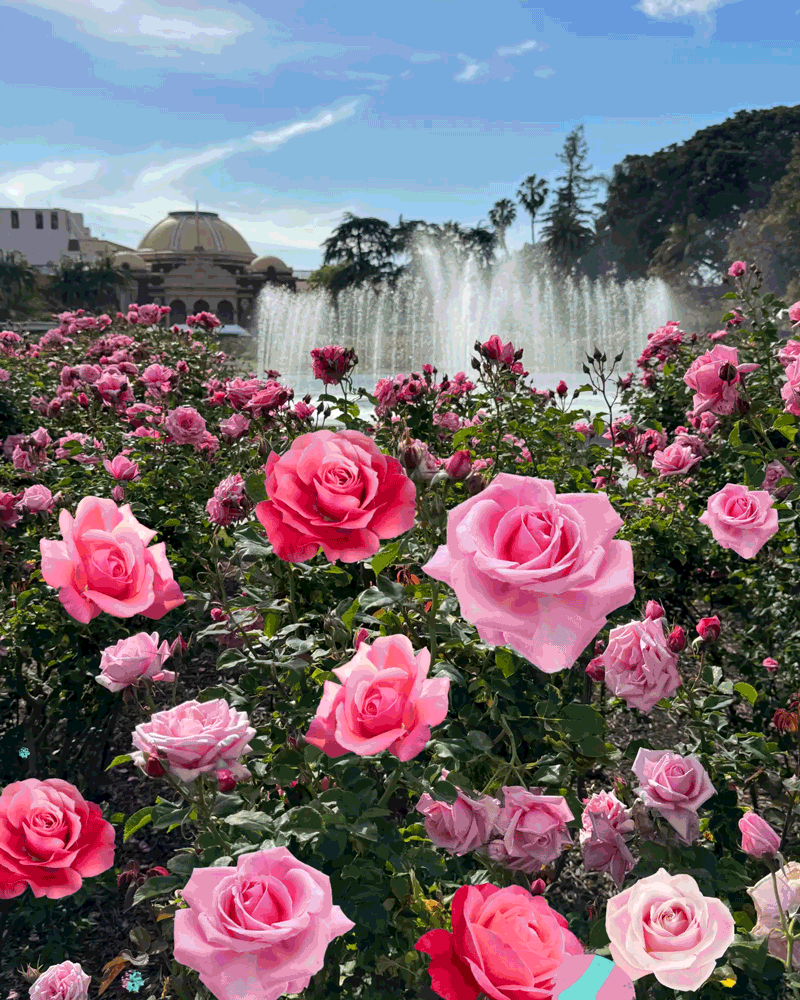A Tough Old Rose : This Evergreen Climber Without Thorns Blooms Soft Yellow in Spring
- Share via
THE LADY BANKS’ rose is not like any other. It’s an evergreen, for one thing, a true climber, and--to the delight of those who must prune it--there are no thorns. The most beautifully situated Lady Banks’ rose in our area must be the one at the Old Mill in San Marino. Probably planted in 1929, it grows against a massive adobe-block structure--built in 1816 as a mill for the San Gabriel Mission--that now serves as Southern California headquarters for the California Historical Society. (When a new mill was built closer to the mission in 1820, this one was renamed the Old Mill--El Molino Viejo.)
The species Rosa banksiae was discovered in Canton, China, in 1796. The double-yellow variety ‘Lutea,’ by far the most popular in Southern California gardens, has been cultivated since 1824. It was firmly established here by the end of the 19th Century. The more difficult-to-find white variety, ‘Alba Plena,’ is just as vigorous. ‘Alba Plena’ smells exactly like violets; ‘Lutea’ has no detectable fragrance.
Because the wild species is from the nearly tropical portions of China, Lady Banks’ roses are considered quite tender in most climates. In the Southwest, however, they are as tough as nails.
On a 125-foot-long picket fence that encloses the front yard of her Larchmont Village home, Enid Kent Sperber grows six of the double yellows with one of the whites, which in spring smother the fence in blooms. (The plants do get a little mildew in the foggy spring weather but quickly outgrow it.) The gardener prunes the roses much like a hedge, shearing off anything that gets out of bounds.
Lady Banks’ should not be pruned to the bone like other roses. Finch Tree Surgery of San Gabriel prunes the Lady Banks’ for the California Historical Society. Once a year, the company removes a third of the growth, and every few years it takes off even more to keep the vine contained. Clair Martin III, rose curator at the Huntington Botanical Gardens, suggests not pruning much the first few years after planting, or the plants will produce fewer blooms.
Flowers bloom earlier in the year than on most roses, usually in March; at the Old Mill they last for six weeks to two months, according to director Margaret Eley. Ultimately, the petals drop cleanly from the plant, and the vine appears as a rich green mass for the rest of the year, not reblooming as more modern roses do.
The Lady Banks’ rose is considered one of the best plants for arbors or overhead trellises. It is also a stunning hillside shrub, where it can cover 20 feet of ground with greenery, becoming a soft yellow haystack in spring.
Though the Lady Banks’ at the Old Mill is an impressively large vine, the largest one (and reputedly the world’s largest rosebush, period) is in Tombstone, Ariz. Planted in 1885 from a cutting brought from Scotland, it has a trunk like a tree and is trained on a shaky trellis shading some 7,000 square feet of parched ground from the hot Sonoran sun. Little else grows in Tombstone, even in the fertile soil of Boot Hill, which testifies to the toughness of this old rose.






